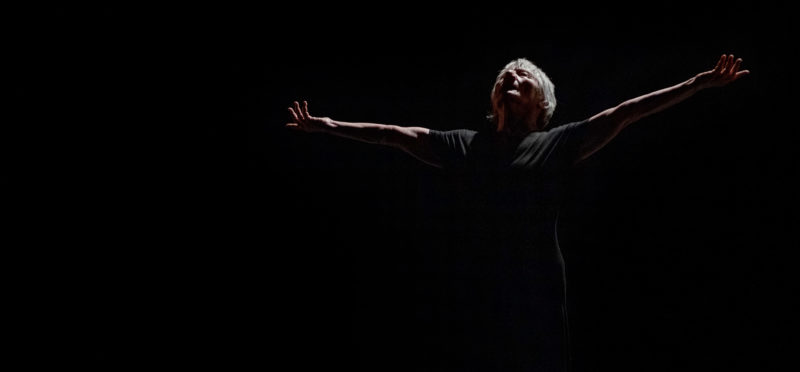Frontier aesthetics, fringe poetics
If we try to identify the problematics concerning the Théâtre du Mouvement’s creative process, we must necessarily speak of the frontiers encompassing the art of movement, gestural art and theatrical art, each of which is a fascination, an inspiring and pulsating tectonics. The actor’s and the director’s sensitivity, reflection and daily corporeal training come into being at the junction of these frontiers and nourish the work in progress.
At the heart of the work, Etienne Decroux’s approach towards a corporeal and dramatic actor occupies the highest place in our affective references. He opened the way for a theatrical genre beyond the verb where poetic formalization has as much if not more importance than narration. “It is not a question of movement conveying poetry, but of movement itself being poetic.” (Etienne Decroux)
This statement is at the base of our research. In actual fact, whether it is called dance or theatre, whether it is abstract or expressive, whether it is referenced or not, we feel that the gesture that fascinates us is the one which through its own poetics touches zones of sensitivity within the audience member that only she can apprehend.
This is where we move ahead on the tightrope between figurative expression and form. In this, not wishing to reproduce traditional patterns from dance or spoken theatre, the dramaturgies that we put into play call upon a certain kind of narration which is, on the one hand, strongly formalized gesturally (and its formalization and its poetics open onto imaginary fields not contained in the literal narration) and on the other hand sufficiently referenced so that the audience doesn’t lose its footing.
The references we call upon, moreover, are often strong trans-cultural archetypes (birth, death, family, walking, etc.). A delicate balance on an often overly taut rope.
And from this perspective, we do not feel alone in a world where the image takes on capital importance and where research in all visual arts weaves its way between expressionism and abstraction and realism and imagination. Our concern is similar, it seems, to that of people in contemporary theatre who seek a different theatrical language in movement and voice, to that of dancers, who after the abstraction wave feel that the body carries signs and emotions. This creative field of language and dramaturgy mixed together is given to us.
Photo credit : Nicolas Treatt

